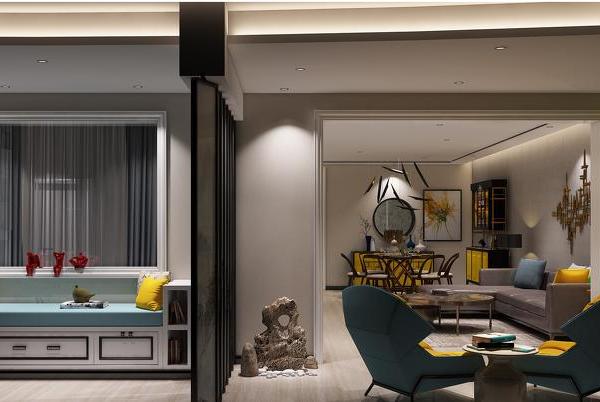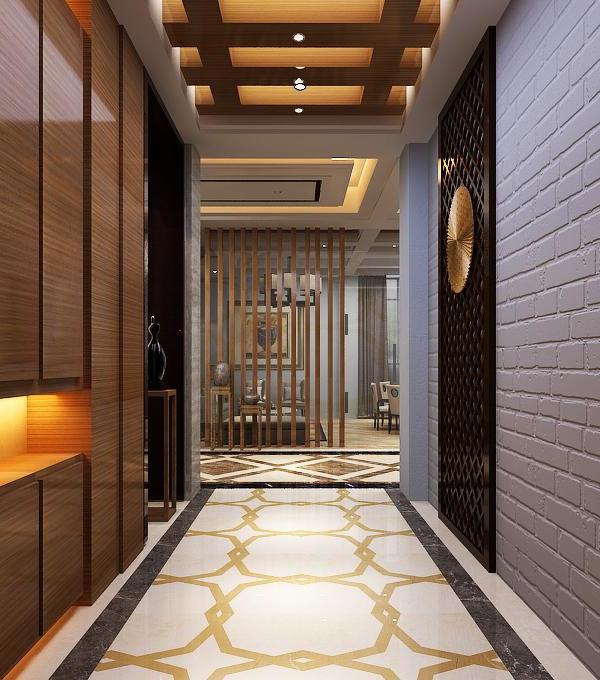Firm: Skidmore, Owings & Merrill (SOM)
Type: Commercial › Office Industrial › Research Facility
STATUS: Built
YEAR: 2017
Photos: Hedrich Blessing Photographers (10)
A new FBI facility designed by Skidmore, Owings & Merrill (SOM) accommodates the future of the federal agency’s largest division, Criminal Justice Information Services (CJIS). The facility’s purpose is to centralize the research, development, and application of biometric identification technology to serve national security and law enforcement. Located on an existing FBI campus in Clarksburg, West Virginia, the Biometric Technology Center is the product of a joint effort with the FBI and the U.S. Department of Defense (DOD). It allows the CJIS Division, which has one of the largest collections of biometric information in the world, and the U.S. Department of the Army, which has developed military biometrics database systems, to advance the next generation of identification technologies, including DNA, iris, palm print, voice pattern, and facial recognition tools.
SOM’s design integrates architecture, interiors, structural engineering, and sustainability to create a facility that will serve as a high performance workplace for innovation for decades to come. Located on a hilly, pastoral site, the 375,000-square-foot building is situated on a plateau in order to minimize its environmental impact. Its massing is a cubic volume that contains three office floors, organized around a spacious central courtyard. The offices are elevated on a podium, which contains the building entry, amenities, administrative space, a data center, and the Department of Justice fingerprint file storage facility. The podium is partially embedded in an earthen berm, which provides extra security and thermal stability for the data center. Highly secure, the building is designed to meet the DOD standards for anti-terrorism force protection.
In every aspect of the design, SOM sought to create a “future-proof” facility. Many spaces are designed to be adaptable, including the fingerprint file storage facility, which may eventually be converted into an additional data center. SOM also developed the infrastructure for a future DNA laboratory. Loading docks and service functions are located below grade, which allows room for the building’s potential expansion.
The building’s modular design further enables a flexible and adaptable workplace. SOM tested multiple interior planning modules based upon newly developed furniture space standards for both agencies, with curtain wall modules, resulting in an optimized structural grid for the building. With very few enclosed offices, the open plan workspace provides a collaborative environment that can be easily adapted for changing needs. To foster communication among peers and work groups, informal gathering areas are located on each floor, coupled with shared office support and amenities.
Designed to enhance well-being, the Biometric Technology Center provides an inspiring workplace for its 1,300 employees. The building’s exterior glass envelope with internal automated blinds controlled by the Sun’s position brings in ample daylight and offers inspiring views of the surrounding landscape. The large, accessible interior courtyard allows workers to enjoy an outdoor amenity space without leaving the secure facility. Overlooking the courtyard, a communicating stair encourages physical activity and also supports a collegial environment by linking work areas across multiple floors.
Ambitious sustainability goals are achieved through an integrated building system approach, which influences all aspects of the project’s design, construction and operation. Sustainable features include native plant landscaping with high efficiency irrigation; energy-saving interior lighting controls; environmentally preferred products and building materials; optimum-performance building envelope and an underfloor pressurized mechanical distribution system; planted roofs; protection of existing plateau grades by means of erosion and sedimentation barriers; and parking allocated to fuel-efficient and carpool vehicles. The project is certified LEED® Gold by the U.S. Green Building Council.
Architecture/Interior Design/Structural Engineering/MEP & Sustainable Engineering : Skidmore, Owings & Merrill LLP
Gary Haney - Design Partne
Stephen Apking - Interior Design Partner
Charles Besjak - Structural Director
Joseph Ruocco - Project Manager
Rod Garrett - Senior Designer
Geotechnical Engineering: GeoConcepts
Environmental Assessment/Civil Engineering: Tetra Tech
Civil Engineering: Cervantes & Associates
Landscape Architecture: Lee and Associates
Information Technology/ Telecommunications/Audo Visual/ Acoustics: Shen Milsom & Wilke
Technical Security: Sako
Fire Life Safety & Fire Alarm/Fire Protection: Jensen Hugh
Anti-Terrorism Force Protection: Himman Consulting Engineers
Signage & Way Finding: Patricia Horde Grafik Design
Vertical Transportation: Van Deusen & Associates
Cost Estimating: Avila
Daylighting/Exterior & Interior Lighting: George Sexton Associates
Food Service: Hopkins Food Service
Parking Garage: Carl Walker
Construction Management: Tetra Tech Federal
{{item.text_origin}}












